Talking a good game: Commentators are more essential than ever
By Nov 26, 2020ATP Barcelona, Spain
Holger Rune ousts Casper Ruud in Barcelona, thanks social media for making H2H a 'big deal'
By Apr 18, 2025ATP Barcelona, Spain
Play suspended in Barcelona when the wrong racquet gets taken for stringing
By Apr 17, 2025Pop Culture
Serena Williams named to Time's 100 most influential people ... and Coco Gauff approves!
By Apr 17, 2025WTA Stuttgart, Germany
Jelena Ostapenko tops Emma Navarro for Iga Swiatek Stuttgart clash; Coco Gauff, Jessica Pegula roll
By Apr 17, 2025ATP Munich, Germany
Who is Diego Dedura-Palomero? Meet Germany’s latest teenage star
By Apr 17, 2025Roland Garros
Rafael Nadal to be honored with 'exceptional' tribute on opening day of Roland Garros
By Apr 17, 2025Lifestyle
Mirra Andreeva belts 'Happy Birthday' song to coach Conchita Martinez in Stuttgart
By Apr 16, 2025ATP Munich, Germany
Ben Shelton uses altitude to his advantage, joins Alexander Zverev in Munich quarterfinals
By Apr 16, 2025WTA Stuttgart, Germany
Iga Swiatek in Stuttgart: From clay court to carpool karaoke!
By Apr 16, 2025Talking a good game: Commentators are more essential than ever
But how much do you know about the people speaking through your screens, and how they do their jobs?
Published Nov 26, 2020
Advertising
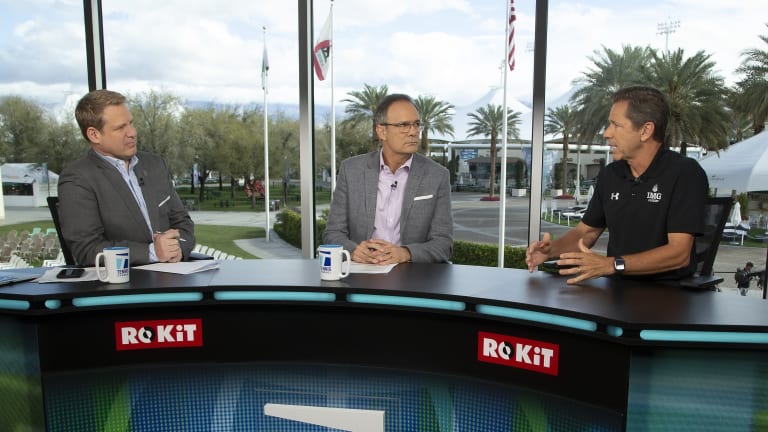
Talking a good game: Commentators are more essential than ever
Advertising
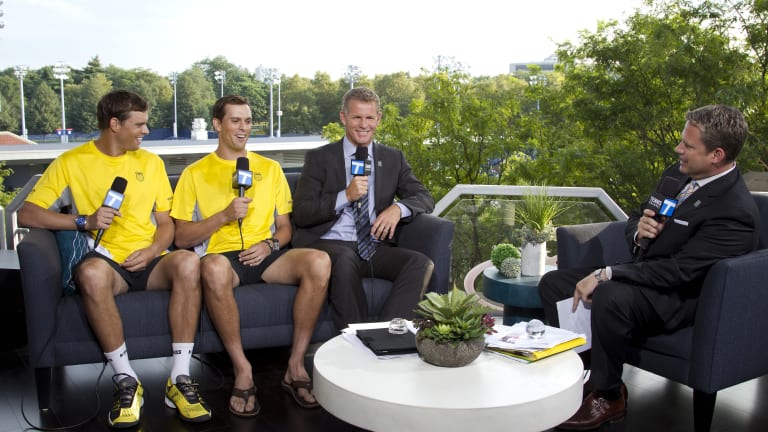
Talking a good game: Commentators are more essential than ever
© ©Fred Mullane/camerawork usa
Advertising
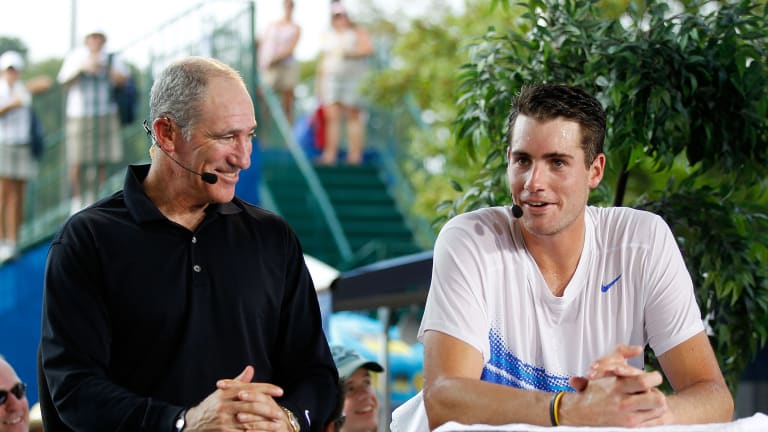
Talking a good game: Commentators are more essential than ever
© Getty Images
Advertising
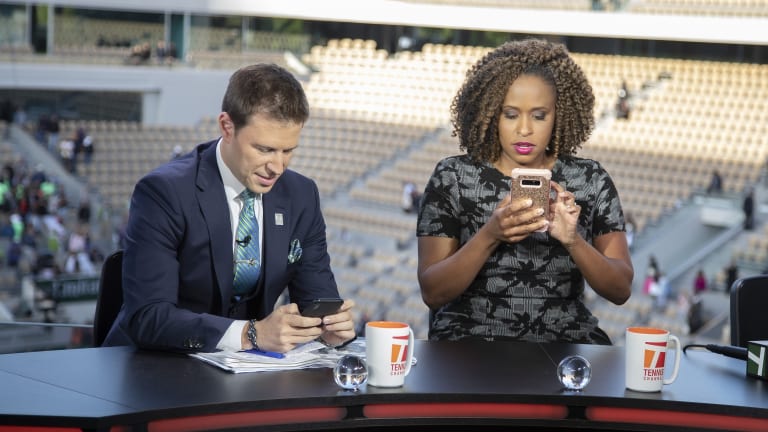
Talking a good game: Commentators are more essential than ever
© ©Susan Mullane/Camerawork USA, Inc.
Advertising
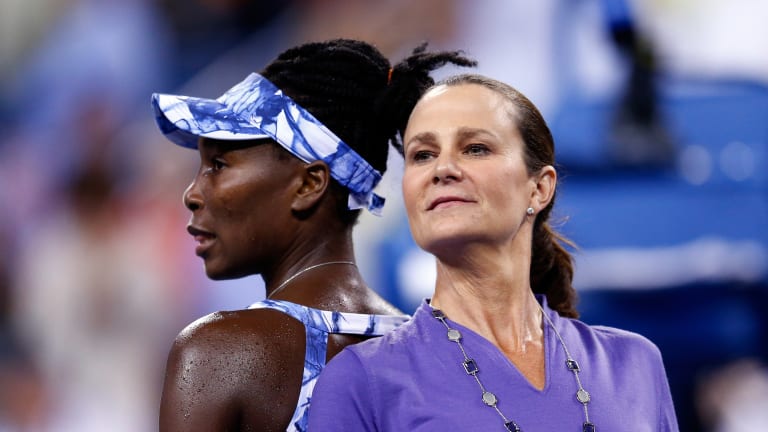
Talking a good game: Commentators are more essential than ever
© Getty Images
Advertising
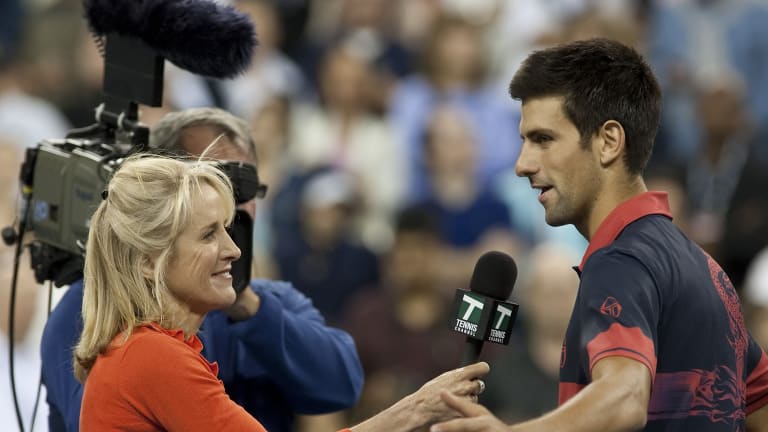
Talking a good game: Commentators are more essential than ever
© ©Fred Mullane/camerawork usa